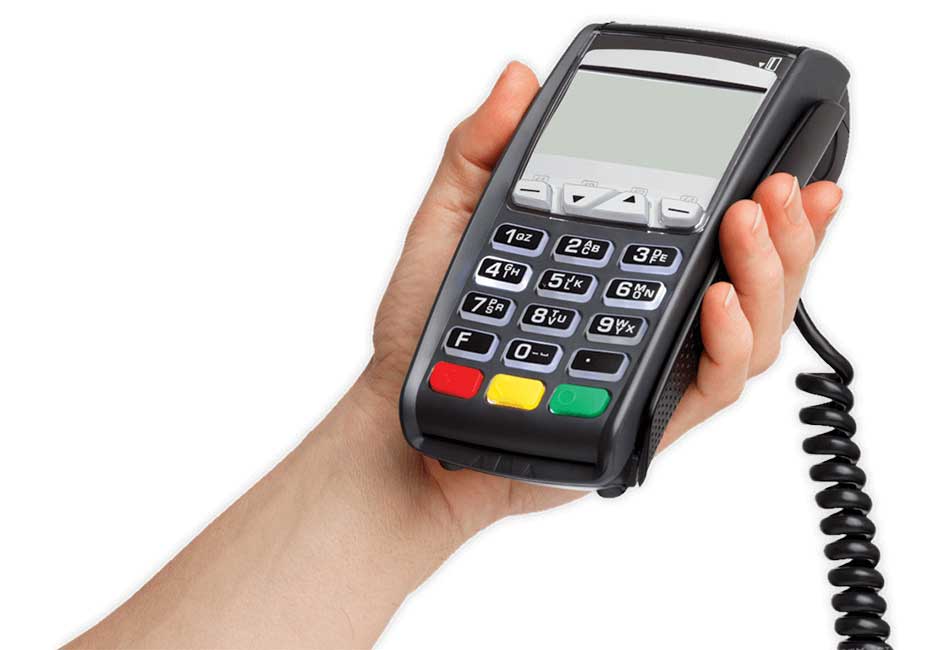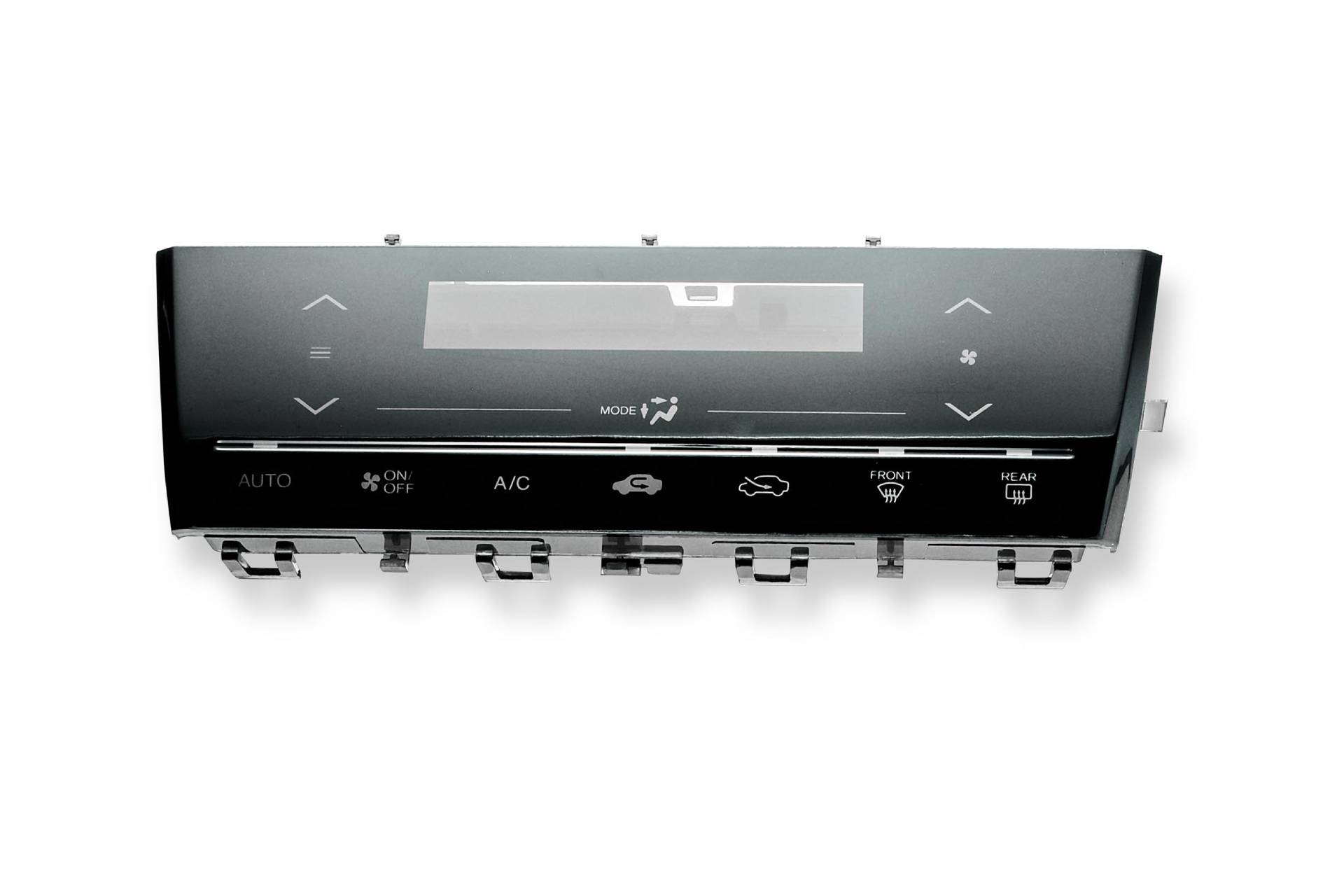A Comprehensive Overview to the Manufacturing and Handling of Rubber Keypads for Optimal Performance
The production and handling of rubber keypads play a crucial duty in their efficiency and usability. Product selection, design accuracy, and advanced manufacturing methods significantly impact their longevity and effectiveness. Recognizing these aspects is important for producing top quality items. As numerous advancements arise in this field, discovering their effects can disclose new criteria for capability and user experience. What key facets will shape the future of rubber keypads?
Recognizing Rubber Keypads: Products and Types
Rubber keypads are vital parts in many devices, offering an equilibrium of toughness and responsive comments. These keypads are primarily made from silicone or artificial rubber, materials picked for their adaptability and durability. Silicone rubber, particularly, is favored for its excellent temperature resistance and long life, making it excellent for numerous applications, from customer electronic devices to commercial equipment.
There are a number of kinds of rubber keypads, consisting of dome switch keypads, which use a dome-shaped mechanism that offers tactile responses when pressed. Furthermore, there are additionally level keypads, which feature a smooth surface and are commonly utilized in push-button controls and clinical gadgets. The option of material and kind influences the keypad's performance, feel, and total user experience. Comprehending these facets is essential for makers and developers aiming to produce reliable and trustworthy user interfaces in their items.
The Manufacturing Refine: From Layout to Production
The manufacturing procedure of rubber keypads includes several important phases, beginning with style and ending with manufacturing. Designers produce comprehensive requirements and prototypes, assuring the keypad meets visual and functional demands. Computer-aided layout (CAD) software is often used to imagine the design and features prior to proceeding.
When the design is completed, product option is essential, with options typically consisting of silicone or all-natural rubber. In the next phase, molds are developed based upon the accepted designs, which will shape the keypads throughout production.
Adhering to mold development, the manufacturing phase commences, where rubber is blended with ingredients to enhance performance. The blend is after that put right into molds and subjected to heat and stress, permitting it to treat and strengthen.
Ultimately, the completed keypads undergo high quality checks to confirm they fulfill established standards, complied with by product packaging for distribution. This comprehensive procedure assurances peak efficiency in the end product.
Secret Methods in Rubber Molding
In the domain name of rubber keypads, different molding methods play a critical duty in determining the quality and functionality of the last item. One prevalent technique is compression molding, where raw rubber is put in a heated mold and mildew and pressure is applied, permitting reliable automation and harmony. An additional significant method is shot molding, which involves injecting warmed rubber right into a mold, providing better precision and complex forms. Transfer molding, a crossbreed of both approaches, is also made use of, particularly for complex styles, as it incorporates the benefits of both processes. Furthermore, liquid silicone rubber (LSR) molding is obtaining grip due to its flexibility and sturdiness, making it ideal for high-performance applications. Each strategy possesses unique characteristics, influencing aspects such as cycle time, product waste, and production prices. Picking the ideal molding technique is necessary for achieving peak efficiency in rubber keypads.
Surface Finishing and Texturing Options
Surface finishing and texturing choices play an essential duty in boosting the responsive experience and visual appeal of rubber keypads. Makers employ different methods to develop distinct surface area qualities that influence customer communication and item style. Typical finishing techniques consist of matte, shiny, and satin surfaces, each providing different aesthetic effects and hold levels. Texturing options, such as increased patterns, grooves, or stippling, even more boost capability by boosting grip and reducing slippage during usage.
In addition, specific structures can be customized to meet ergonomic demands, supplying convenience throughout prolonged usage. The selection of surface area finishes and textures can be affected by the intended application of the keypad, whether it be for consumer electronics, auto controls, or industrial devices. Eventually, cautious consideration of these choices adds greatly to user fulfillment and total product efficiency, making them important components in the design and manufacturing procedure of rubber keypads.
Quality Assurance Measures in Rubber Keypad Production
Quality control steps in rubber keypad production are crucial for guaranteeing product reliability and performance. These actions incorporate product choice standards, extensive screening procedures, and stringent final evaluation criteria. With each other, they develop a detailed framework that assists suppliers copyright top quality throughout the manufacturing procedure.
Material Option Criteria
Selecting the appropriate products for rubber keypads is essential, as it straight impacts their sturdiness, customer, and performance experience. Secret standards for material choice include tensile stamina, durability, and environmental resistance. The option of rubber substance, such as silicone or thermoplastic elastomer (TPE), plays a critical function in attaining preferred tactile responses and durability. In addition, factors like chemical compatibility, temperature level stability, and UV resistance must be thought about to guarantee optimal efficiency in various applications. Makers need to also evaluate the convenience of handling and cost-effectiveness of materials, stabilizing top quality with budget plan constraints. Inevitably, the ideal material choice not only improves the keypad's performance however also adds to general item top quality and go consumer satisfaction.
Evaluating Procedures Executed
After establishing the suitable materials for rubber keypads, rigorous screening treatments are executed to confirm that the end products meet market criteria and customer expectations. These treatments generally include mechanical testing, which assesses the toughness and flexibility of the rubber under various problems. Additionally, ecological testing examines the keypads' performance under temperature changes, moisture, and direct exposure to chemicals. Electric screening validates the keypads operate correctly with electronic components, confirming responsiveness and conductivity. Additionally, tactile comments is evaluated to ensure individual fulfillment. These extensive screening procedures are necessary in identifying any variances or issues prior to automation, eventually enhancing the dependability and efficiency of rubber keypads in their designated applications.

Final Evaluation Criteria
Detailed final inspection requirements are important in rubber keypad production to ensure that each system fulfills the specified criteria for functionality and look. This procedure generally includes aesthetic evaluations to determine any surface flaws, such as discoloration or imperfections. Additionally, responsive evaluations establish that the keypads react accurately to touch, keeping the required level of level of sensitivity. Longevity examinations might additionally be conducted, simulating prolonged use to verify the longevity of the keypad under various conditions. Furthermore, adherence to market policies and client specs is validated to keep quality control. By applying these strenuous evaluation actions, makers can greatly minimize the threat of flaws, guaranteeing that the last item is trusted and meets customer expectations, ultimately enhancing consumer contentment.
Innovations in Rubber Keypad Technology
As modern technology remains to develop, advancements check this site out in rubber keypad modern technology are reshaping interface throughout numerous markets. One significant development is the integration of capacitive touch sensing units within rubber keypads, enabling a much more responsive and versatile user experience. This modern technology makes it possible for customers to engage with tools with touch, enhancing performance without sacrificing the responsive feedback that rubber keypads are recognized for.
In addition, enhancements in product formulas have resulted in the development of more durable, weather-resistant rubber, making keypads appropriate for exterior and commercial use. Improved printing strategies additionally enable high-resolution graphics and backlighting alternatives, enhancing visibility and aesthetic appeal.

Advancements in making procedures, such as 3D printing, are allowing custom-made designs and quick prototyping, enhancing manufacturing timelines. These innovations collectively add to extra reliable and straightforward rubber keypads, guaranteeing they satisfy the demands of modern-day applications while maintaining their core advantages.
Ideal Practices for Style and Capability
Creating effective rubber keypads requires careful analysis of both visual appeals and functionality. Rubber Keypads. A well-designed keypad needs to stabilize ergonomic concepts with visual attract boost user experience. Secret factors consist of dimension, shape, and spacing of buttons, guaranteeing they are simple to press while protecting against unintended activation. Utilizing contrasting textures and colors can enhance exposure and tactile feedback, aiding customers in comparing keys
Additionally, the option of materials plays a crucial role; top quality rubber substances can improve sturdiness and resistance to wear. It is additionally essential to take right into account the integration of attributes such as backlighting and personalized graphics, which can boost use in numerous environments.
Prototyping and user screening are vital in the style procedure, permitting for changes based on real-world comments. By sticking to these finest techniques, manufacturers can create rubber keypads that not only look enticing yet additionally meet the practical demands of customers properly.
Often Asked Questions
Exactly how Do I Pick the Right Rubber Material for My Keypad?
To pick the appropriate rubber product for a keypad, one should take into consideration variables such as longevity, ecological resistance, tactile comments, and compatibility with the designated application, making sure ideal efficiency and individual contentment in various problems.
What Are the Environmental Influences of Rubber Keypad Production?
Rubber keypad production can result in environmental impacts such as logging for all-natural rubber sources, contamination from chemical procedures, and waste generation. Lasting methods and materials can mitigate some of these adverse effects on ecosystems.
Can Rubber Keypads Be Recycled or Reused?
Rubber keypads can be recycled, yet the procedure relies on Visit Website the specific products used in their manufacturing. Recycling them in different applications is likewise feasible, adding to throw away reduction and advertising sustainability in making methods.
What Is the Average Life-span of a Rubber Keypad?
The typical life-span of a rubber keypad generally varies from 5 to one decade, relying on use, environmental aspects, and maintenance. Regular care can expand its performance, while excessive wear may reduce its resilience.
Exist Any Health And Wellness Concerns Associated With Rubber Keypad Materials?
There are prospective health problems related to rubber keypad products, including allergies to specific chemicals and irritants made use of in manufacturing. Proper handling and understanding of material make-up can alleviate these risks for users.
There are a number of kinds of rubber keypads, consisting of dome button keypads, which utilize a dome-shaped mechanism that offers responsive comments when pressed. Picking the proper materials for rubber keypads is vital, as it directly influences their user, capability, and durability experience - Rubber Keypads. After establishing the appropriate products for rubber keypads, rigorous testing procedures are carried out to validate that the last items meet sector criteria and customer expectations. Rubber keypad production can lead to ecological influences such as logging for natural rubber sources, contamination from chemical processes, and waste generation. Rubber keypads can be recycled, however the process depends on the details materials used in their manufacturing